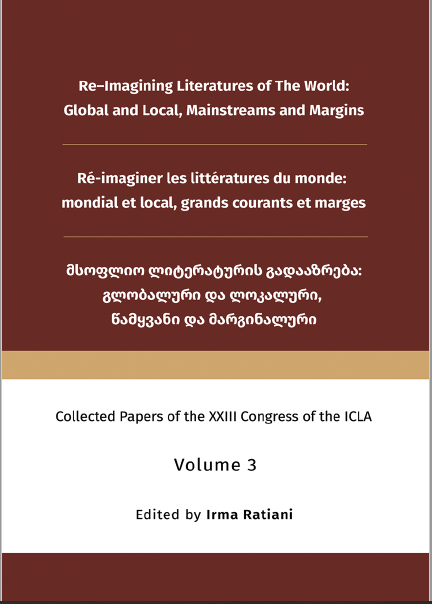The Avant-Garde on a Planetary Scale: in the Middle of Colours
Main Article Content
Abstract
The turn of the 20th century and the first several years of the new millennium was the time of great experiments in Arts related to adding unusual novel facets to their traditional artistic forms. As contemporary artists and composers, literary figures took part in similar trials and mixed the verbal with the visual in their texts. This article is going to illustrate the use of colours by two Symbolist writers, Andrey Bely (1880-1934) and Grigol Robakidze (1880-1962), and to explain the importance of the light paradigm in creating multi-layered meaningful messages in their novels of 1926, Bely’s Mосква and Robakidze’s გველის პერანგი. The methodological framework which is used here has been formed by several ideas from cognitive poetics (Stockwell, 2020) and paratextual studies (Genette, 1997; Batchelor, 2018). To a large extent, this article further expands and deepens the author’s arguments which have earlier been expressed in her work on Bely’s novel Petersburg (Ponomareva, 2017) where the spiritual dimension of his arguments is underlined and explained in terms of ancient Indian philosophical ideas that prepare the foundations of Theosophical and Anthroposophical teachings.
